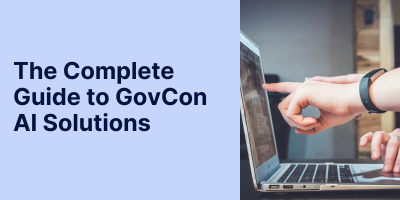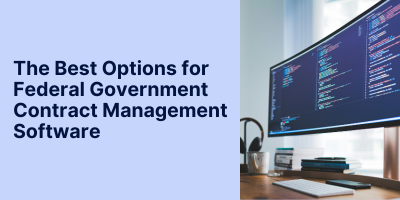AI-First Architecture: Transforming How Government Contractors Find, Win, and Deliver
The Find-Win-Deliver Challenge in Government Contracting
Government contractors face a complex lifecycle when pursuing federal contracts. The journey spans finding opportunities, crafting competitive proposals to win, and ultimately delivering on awarded contracts. Historically, this has been managed through a patchwork of disconnected systems: one tool for pipeline tracking, another for proposal drafting, yet another for project execution. Because these platforms rarely communicate, teams are left moving data manually, reconciling inconsistencies, and duplicating effort. The consequences are predictable: wasted hours, delayed responses, and missed chances in an environment where speed and accuracy are everything.
At Procurement Sciences, we’ve seen these inefficiencies firsthand across hundreds of contractors. It’s why our focus has been on rethinking the entire lifecycle — not as three isolated phases, but as a single, continuous flow of intelligence. Instead of siloed systems, we envision (and are building) platforms where AI threads the needle from start to finish, guiding GovCon professionals with insights and automation at every stage. In an industry where billions are awarded each year and margins for error are razor thin, this unified, AI-first approach isn’t just a technical upgrade — it’s a competitive necessity.
Legacy Systems vs. AI: Bolting New Tech onto Old Frames
The surge of interest in generative AI (like GPT-based tools) promised to revolutionize proposal writing and contract management. However, many incumbent software providers have tried to bolt AI onto legacy tech stacks – with underwhelming results. Many of these platforms were founded well before the AI wave and only added generative AI in recent years as a thin layer over their existing workflows. The core architecture remains unchanged: these tools were built around static content libraries and rigid processes, not dynamic AI-driven workflows. As a result, plugging in an AI assistant yields only modest improvements. For example, some popular RFP software still fundamentally relies on a manual answer library and simply uses AI to suggest content from that library – a far cry from true AI guidance.
The limitations of forcing AI onto an old platform run deep. Data silos are a major issue – legacy bid and proposal tools often store information as disparate documents that AI models can’t easily learn from or access in real time. Additionally, the user experience in older systems was never designed for AI collaboration. Users often have to jump through extra steps or use separate interfaces to invoke AI features, interrupting their workflow. Studies show that most AI initiatives fail to gain adoption because they don’t fit into existing workflows, lack seamless integration, and fail to engage users. This is exactly what happens when a generative AI tool is tacked onto software that wasn’t built for it – the AI feels like an alien add-on, and users revert to their old habits. In government contracting especially, where compliance and precision are paramount, an AI that isn’t deeply integrated into the process can end up shelved or underused.
The Power of an AI-First Architecture
An AI-first architecture means a platform was conceived and built from the ground up with artificial intelligence at its core. Rather than treating AI as a plugin, every aspect of the system is designed to leverage AI and machine learning for better outcomes. This approach is industry-changing for government contractors. Why? Because an AI-first platform can do what bolt-on solutions cannot:
- Seamless Integration of Data and Workflow: AI-first platforms unify the entire contract lifecycle data – from solicitation details to proposal content to performance metrics – in one coherent system. Awarded.AI, for example, creates a living knowledge graph of a contractor’s data and past performance, which the AI can draw on at each step. Legacy systems that added AI later might only access a limited content repository or require manual data imports.
- Workflows Designed for AI Collaboration: In an AI-first platform, the user interface and workflow assume AI is a collaborator at each stage, not an afterthought. Features like AI proposal drafting, compliance checking, or risk flagging are not separate modules – they are embedded, one-click capabilities woven into the process. Human-in-the-loop design keeps the user in control while letting the AI handle the heavy lifting.
- Purpose-Built Intelligence (Domain Expertise): AI-first in the GovCon space also means the system’s intelligence is domain-trained. Generic AI might generate fluent text, but it takes a GovCon-tuned AI to truly understand FAR clauses, compliance matrices, or agency-specific terminology. This dramatically reduces irrelevant outputs and hallucinations, and it builds user trust that the AI “gets it.”
- Continuous Learning and Adaptation: With AI at the core, the platform continuously learns and improves as more data flows through it. An AI-first system can automatically ingest newly won contracts, debrief notes, and performance data to refine its suggestions for the next bid. This adaptability is critical in the ever-changing landscape of federal procurement.
In short, AI-first architecture is critical because it ensures AI isn’t just an afterthought – it’s the engine driving the platform. Every data structure, feature, and workflow is optimized to harness AI, which yields far greater efficiency and insight than a retrofitted approach.
A Unified, End-to-End Platform: From Opportunity to Delivery
Perhaps the most revolutionary aspect of an AI-first solution like Awarded.AI is that it’s end-to-end. Instead of fragmenting the journey into separate products (one for opportunity search, another for proposals, another for project management), everything is connected in one platform.
- Finding the Right Opportunities: AI agents continuously scan procurement sources to surface relevant opportunities, filtering noise automatically and matching to the contractor’s strengths. This creates a curated pipeline tailored to industry codes, past performance, and agency history.
- Bid/No-Bid and Pursuit Guidance: Once identified, the AI assists in the go/no-go decision by analyzing the solicitation, comparing it with company strengths, and scoring fit. This ensures resources focus on bids with the highest probability of success.
- Proposal Writing and Automation: The AI can auto-generate first drafts of proposal sections by pulling from past performance, resumes, and corporate knowledge. It builds compliance matrices automatically, ensures every requirement is addressed, and simulates reviews with instant, substantive feedback.
- Post-Award Execution and Delivery: An end-to-end AI platform doesn’t stop at award – it continues to assist through delivery and closeout. It captures lessons learned, performance data, and outcomes to refine its suggestions for future bids, closing the loop between delivery and business development.
This unified design is a game-changer for contractors aiming to streamline their operations and create a feedback loop of continuous improvement.
Real Results: Speed, Efficiency, and Adoption
The AI-first approach is delivering tangible results:
- Acceleration of Bid Velocity: Proposal preparation time is slashed from weeks to hours, enabling teams to pursue far more opportunities.
- Higher Win Rates: By improving proposal quality and compliance, AI-first platforms boost win probabilities and level the playing field for smaller contractors.
- User Adoption and Satisfaction: High adoption rates reflect that when AI is built into workflows purposefully, it becomes indispensable rather than ignored.
- Strategic Reallocation of Human Effort: AI handles the grunt work, freeing human experts to focus on strategy, innovation, and client relationships.
A Vision for the Future of GovCon
The success of AI-first platforms signals a new era: moving from fragmented, labor-intensive processes to unified, intelligent workflows. For small and mid-sized businesses, this democratizes access to opportunities once dominated by giants. For large contractors, it redefines efficiency and scale.
The compounding effect of AI learning will only accelerate this shift. Contractors feeding their processes into AI-first systems today are positioning themselves to ride that exponential improvement curve tomorrow. Ten years from now, AI will be involved in every step of contracting, and those clinging to legacy systems will be left behind.
At Procurement Sciences, we’ve built Awarded.AI with this future squarely in mind. By designing the platform as AI-first from the start, every feature — from opportunity discovery to proposal automation to post-award delivery — was architected to capture and compound these learning effects. We understand the industry’s unique challenges because our team has lived them, and we’ve built our platform so contractors can not only adapt to this AI-driven future, but lead in it.
Conclusion: Embracing the AI-First Future
An AI-first, integrated platform is no longer futuristic – it’s here, and it’s changing the industry. Procurement Sciences’ Awarded.AI shows how building a solution around AI from day one unlocks capabilities that legacy applications cannot.
For government contractors, the implications are profound: more bids submitted (and more won), less wasted time, stronger compliance, and better delivery. It’s not just about adopting technology; it’s about reimagining how work is done to achieve outcomes previously out of reach.
The government contracting industry is entering an age where end-to-end AI platforms set the standard. The future belongs to contractors bold enough to let AI drive innovation from the core of their business.


%20(1)%20(1).png?width=1440&height=711&name=PSciAI-Save-time.-Deliver-faster.-Win-More-(Black)%20(1)%20(1).png)
-4.png)



%20(1200%20x%20600%20px).png)
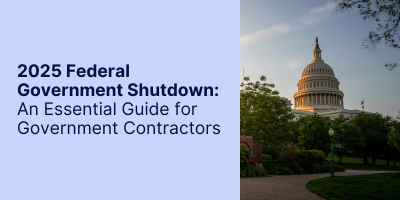
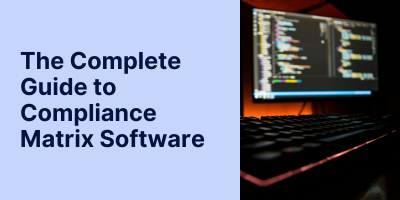
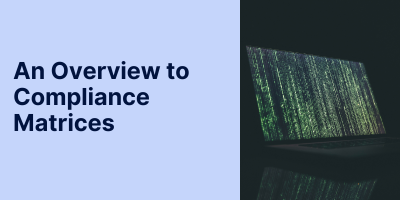

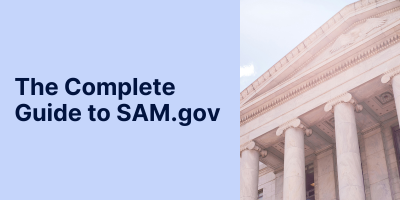
-2.png)
-2.png)
